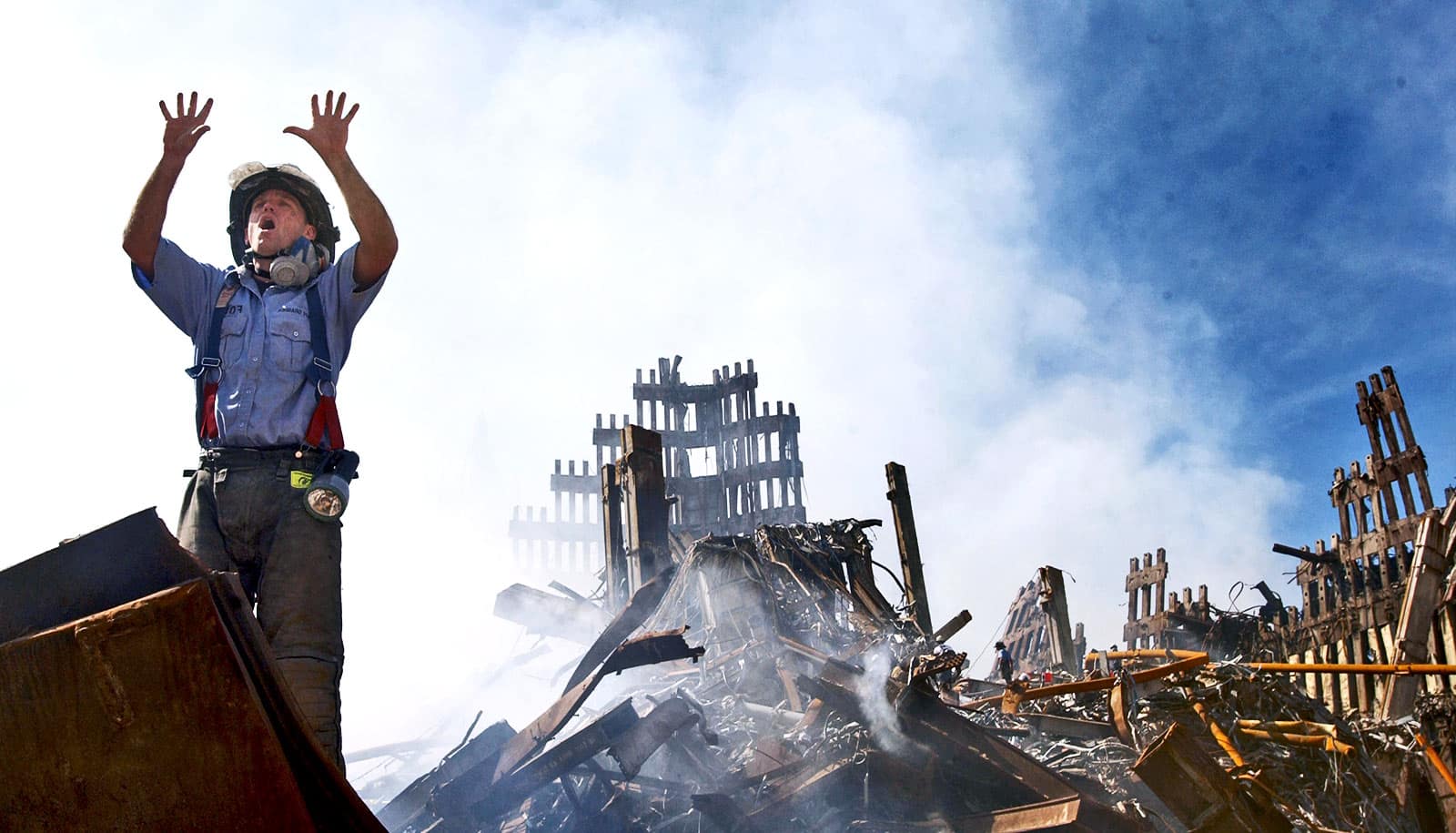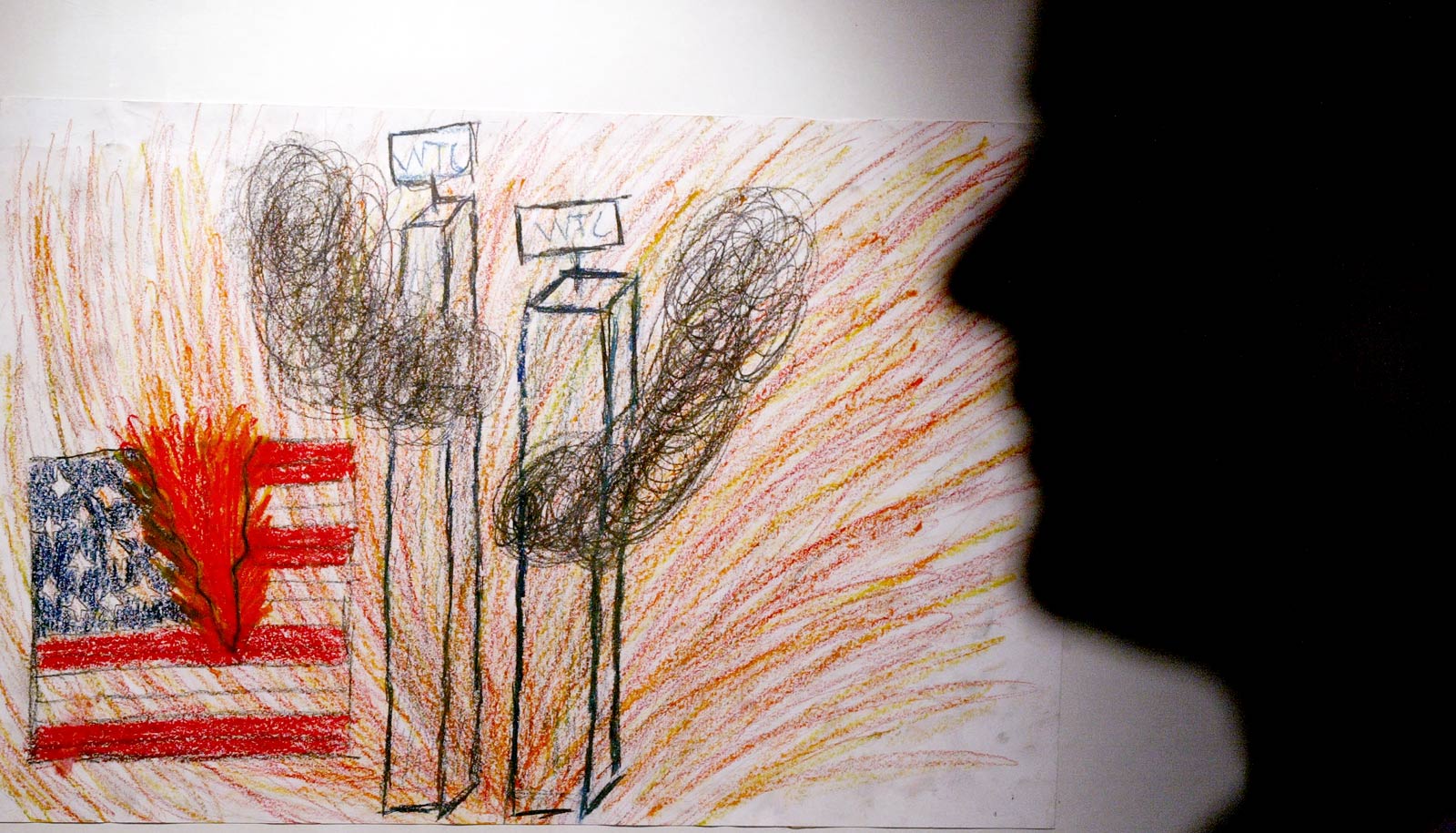Researchers have found a significant increase in head and neck cancers among workers and volunteers who responded to the 9/11 terrorist attacks on the World Trade Center.
The study, the first to report on head and neck cancers in WTC first responders, finds a 40 percent increase in diagnosis of these diseases between 2009 and 2012. The study points to newly emerging risks that require ongoing monitoring and treatment of those who were exposed during the initial response.
The findings, which appear in the International Journal of Cancer, highlight the need to examine the potentially carcinogenic effects of World Trade Center exposure and the need to continually monitor responders, particularly the police and military.
“Since cancers are diseases of long latency, the findings of significant excess cancer in this period point to a newly emerging trend that requires ongoing monitoring and treatment of WTC-exposed persons,” says lead author Judith Graber, an associate professor at Rutgers University School of Public Health and a researcher at Rutgers Environmental and Occupational Health Sciences Institute.
“…first responders inhaled debris clouds containing many known carcinogens.”
The findings are part of a two-year study, which examined whether first responders are at greater risk of human papillomavirus-related throat and tongue cancer due to their exposure during recovery efforts in lower Manhattan.
The most prevalent increases were oropharyngeal cancers, which are often associated with HPV infection, and laryngeal cancer, but not oral and nasal cancers.
The researchers also found that head and neck cancers were most associated with responders who were older than 55, non-Hispanic whites, or who worked in military or protective service occupations and performed rescue and recovery and maintained the perimeter after the attacks.
The research began when clinicians treating WTC-exposed responders at Rutgers’ World Trade Center Health Program became concerned about an usually high number of patients with cancers of the head and neck.
They compared the incidence of head and neck cancers in 73 people among the program’s 33,809 WTC responders from 2003 through 2012 to the number of expected cases based on the New Jersey State Cancer Registry.
“This excess occurrence in head and neck cancers is plausible since first responders inhaled debris clouds containing many known carcinogens,” says Graber, an associate member in the Cancer Prevention and Control Program at Rutgers Cancer Institute of New Jersey.
“In addition, these carcinogenic exposures might add to or increase the effect of known personal risk factors for some head and neck cancers, such as tobacco smoking, heavy alcohol use, and oral HPV infection.”
The US Centers for Disease Control and Prevention funded the work.
Source: Rutgers University


